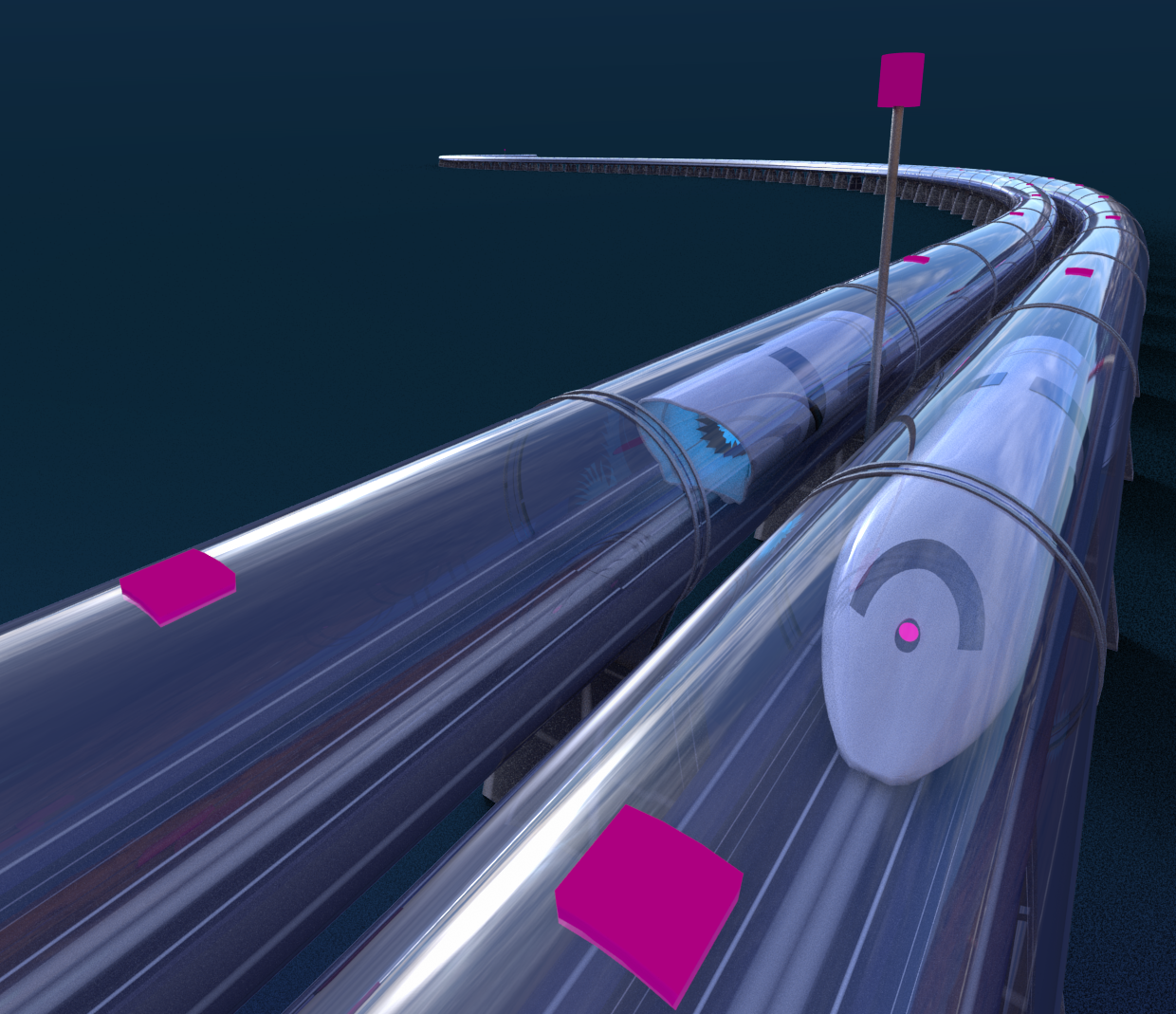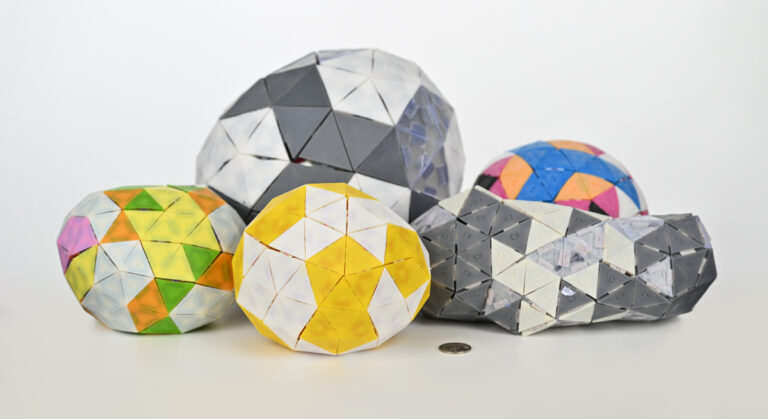Applied Mathematics and Computational Sciences | Computer Science | Electrical Engineering | Statistics
Staying online in the high-speed tube of the future
Solid-state radiofrequency reflectors will enable seamless wireless connectivity in the Hyperloop evacuated-tube transport system.

The Hyperloop is a futuristic tube-based “train“ system being proposed as an ultrafast and ultraefficient transport system. Although decades and many billions of dollars away from reality, KAUST has collaborated with the Virgin Hyperloop One company to devise a technological system to keep passengers connected.[1]
“Think of the Hyperloop as a superfast train, speeding inside a vacuum tube as fast as an airplane,” says Osama Amin from the research team. “The Hyperloop’s unique design, which involves running pods inside a sealed steel tube, creates challenges for traditional communication systems. The tube blocks signals from the outside, and it’s so fast that current wireless systems don’t work.”
In 2019, KAUST signed a memorandum of understanding with Virgin Hyperloop One to undertake research to support the project, and the wireless connectivity issue is one that KAUST was well placed to address.
“This brings together expertise in practical wireless communication networks and theoretical communications to solve this unique problem through a joint project as part of Wafa Hedhly’s Ph.D. research, carried out between Basem Shihada’s Networking Lab and Mohamed-Slim Alouini’s Communication Theory Lab,” says Amin. “The solution we developed uses elements called ‘intelligent reflecting surfaces’ to direct signals towards the fast-moving pods in the Hyperloop.”
In the two-meter steel tube of the Hyperloop, standard wireless radio signals would bounce repeatedly off the walls to create a very noisy environment with high interference. Combined with the speed of the pod, this would make it very difficult to maintain a good connection. Instead, Amin and his colleagues proposed the use of intelligent reflecting surfaces (IRSs) to direct the wireless radio signal as a beam to a receiver on the pod.
“The biggest challenge was figuring out how to keep the radio signal strong and steady while trying to hit a fast-moving target in a metal tube. The IRS achieves this by being able to rapidly adjust its reflection direction electrically with no moving parts,” says Hedhly.
IRSs are based on thin compact metamaterials that can precisely manipulate radio waves; in this case the reflection angle from a wireless source toward the oncoming Hyperloop pod. By combing IRSs with a series of wireless base stations along the tube linked by an optical fiber backbone network and a central active control system, simulations show that the system can maintain strong connection at Hyperloop speeds of more than 1,000 kilometers per hour.
“We are now preparing a detailed report for the Virgin Hyperloop One company on system requirements and technological maturity,” Amin says. “We hope then to start lab testing to validate the proof of concept and start developing a prototype.”
Reference
- Hedhly, W., Amin, O., Alouini, M.-S. & Shihada, B. Intelligent reflecting surfaces assisted hyperloop wireless communication network. IEEE Transactions on Mobile Computing (2023).| article
You might also like

Electrical Engineering
A shade closer to more efficient organic photovoltaics

Bioengineering
Giving voice to the voiceless through assistive technology

Bioengineering
AI tool predicts function of unknown proteins

Bioengineering
Shuffling the deck for privacy

Bioengineering
AI for cells helps illuminate their identity

Computer Science
Dr. KID turns biological models into fun puzzles

Applied Mathematics and Computational Sciences
Global look at sex differences in young people's mortality

Applied Mathematics and Computational Sciences



